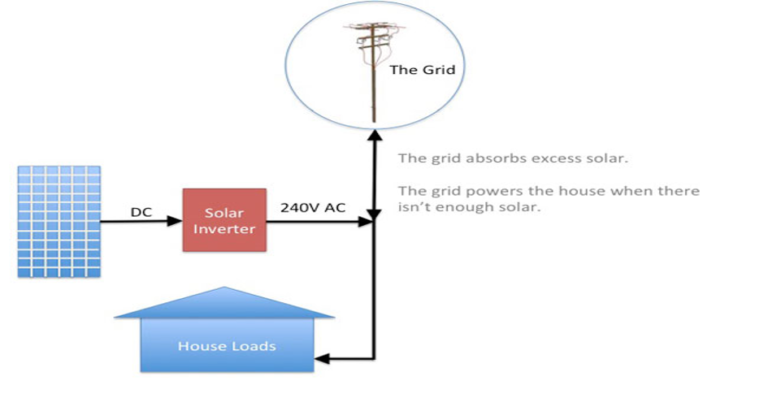
- info@activeenergyadvisers.co.uk
- 07787438860


Solar panels are made out of photovoltaic cells (which is why generating electricity with solar panels is also called solar PV) that convert the sun’s energy into electricity.
Photovoltaic cells are sandwiched between layers of semi-conducting materials such as silicone. Each layer has different electronic properties that energise when hit by photons from sunlight, creating an electric field. This is known as the photoelectric effect – and it’s this that creates the current needed to produce electricity.
Solar panels generate a direct current of electricity. This is then passed through an inverter to convert it into an alternating current, which can then be funnelled into the National Grid or used by the home or business the solar panels are attached to.
Solar panels react to the visible light spectrum. This means, if it’s light enough to see, there’s enough light for solar panels to start generating electricity. But the stronger the sunlight, the better.
Solar panels produce more electricity in summer, which can make it seem like they need warmer weather to work. But this isn’t the case – it’s just that stronger sunlight and warmer temperatures often go hand in hand. In fact, if the temperature gets too hot (or too cold), solar panels become less efficient.
Because we get over 8 hours of sunlight a day all year round and don’t often experience extreme temperatures, the UK is quite well suited to solar power.

Necessary cookies are absolutely essential for the website to function properly. This category only includes cookies that ensures basic functionalities and security features of the website. These cookies do not store any personal information.
Any cookies that may not be particularly necessary for the website to function and is used specifically to collect user personal data via analytics, ads, other embedded contents are termed as non-necessary cookies. It is mandatory to procure user consent prior to running these cookies on your website.